Lamu is an archipelago located on the north coast of Kenya, right on the border with the Somali border. It is made up of 6 islands: Manda, Pate, Lamu, Kiwayu, Kiunga and Lama. The two largest cities, Lamu and Shela, are located on the island of Lamu. Manda Island is located in calm coastal waters, while Kiwayu is the most remote with stunning beaches.
The sights, spices and aromas evoke the rich history of Portuguese, Indian, British, Yemeni and Omani influences. It is difficult to describe Lamu if you do not live it, but staying there seemed like a dream: listening the call to prayers from the mosques, the golden sunsets, the fine sand beaches, coral houses with bougainvillea, dishes with spices, the narrow streets of the old town…
Lamu Town is a UNESCO World Heritage Site for being considered the oldest and best-preserved settlement of Swahili culture. Therefore, visiting this archipelago means traveling through history and living with a people where hospitality and kindness are the daily bread. For us, it has been one of the places that we have liked the most in the country and that we would not hesitate to return with our eyes closed.
How to get there?
To go to Lamu you can get there in two ways: either by plane or by road crossing a channel with a ferry. However, due to the political situation in Somalia and the instability of the area near the Lamu archipelago, travel by land is not advisable. If, anyway, you want to take a matatu and go by road, you will have to bear in mind that in the last section a convoy of escorts will accompany you to avoid any incident. This will cause the price to be higher and also slower.
So currently the best way to get to Lamu is by plane. There are different airlines that fly daily to Lamu from Nairobi, Mombasa or Malindi. Some of these are Skyward Express or Safarilink. If you take the plane from Nairobi, you will surely make a stopover in Mombasa to pick up more passengers before arriving in Lamu. We flew from Mombasa roundtrip for about 80 euros. The journey takes around 50 minutes.
Lamu Archipelago Airport is located on Manda Island. Don’t expect a conventional airport. In Manda you land on a road that is not paved, unload your bags in a car transported by a person by hand and, sometimes, the scanner to pass the backpacks does not work, manually checking each piece of luggage you carry.
Once you leave the airport, think that you will not be in Lamu Town yet. You will need to take a boat that, in a journey of about 10 minutes, will take you to the pier of the main village of the archipelago. This transport costs 100 KSH per person per trip. If you sleep in Shela, you will probably also be able to take a sea transport from the airport that takes you there.
What to do in Lamu island?
Lamu is an archipelago that preserves Swahili culture very well. There you can talk to the local people and enjoy their hospitality. Many tourists fall in love with this place, and often return as they consider the island as one of the best places to live. We met several people who had previously visited the island or who had decided to stay and live in Lamu. There, the main activities you can do are:
– Walk through the Shela beach
Shela is located at the other end of Lamu Town. It is a town that stands out for its beautiful houses in front of the sea that are usually of Europeans who have their second home there. However, on the second line of the sea you can find the locals who started living in Shela after moving from the village of Takwa, on the island of Manda.
Shela is characterized by having a completely virgin kilometer beach full of dunes and sand. There, you can walk in the middle of the vastness of the landscape by the sea while watching the dunes on the horizon. This mixture of desert and beach makes this town one of the main points of interest in Lamu.
You can reach Shela by boat from Lamu Town for about 200-400 KSH, or you can also decide to walk along the promenade that separates the two towns for 30 minutes. But you have to keep in mind the tides; since if there is a high tide you will have to walk inland passing by a recreational center that has a swimming pool. Instead, during low tide you can go for a walk and the sand without any problems.
Also think that on Shela beach, surrounded by dunes, there is no shade, so avoid the sunniest hours, and put on a hat and lots of sunscreen while enjoying walking on one of the best beaches on the coast of Kenya.
– Walk the streets of the old town of Lamu Town and enter into a Swahili house
Lamu is considered the best preserved Swahili settlement in the world. Therefore, it is essential that for a day you get lost in its narrow streets of the old town.
Lamu Town Square will be your starting point. From there you can walk along the main street of the island (a narrow alley where you will have to dodge the loaded donkeys and some motorcycles) to visit the market, and visit the square with the main mosque of the village and the library, and in which a very interesting cultural festival is celebrated that takes place in November.
On the other side of the town square, you will enter into the old town where you will walk in the middle of very beautiful Swahili houses with a lot of history. Currently, 80% of the properties of the buildings in the old town of Lamu are of European or American people. During your tour, you will come across different souvenir shops in which stands out a shop that makes handicrafts of fish from plastics that are found on the beach and in the sea of Lamu. A very interesting space to visit.
You can walk the old town of Lamu with a local guide. In this way, you will be able to know different curiosities of the island and enter into some Swahili house of the time where the old merchants and commercial lived. For us, it was a very interesting visit because we traveled through the time machine and it seemed that we were living the moment of maximum splendor of the city touring some of the majestic Swahili houses that you find in Lamu. If you want, you can contact Abbas at +254726021274, a very interesting local guide.
– Visit Lamu Museum
In Lamu Town there is a very educational museum on the history of Lamu where you can learn more about the influence of the archipelago and the power it had during the different trade routes between Africa and Asia in the past centuries. We have tried to explain it in this article, but surely in the museum you will learn much more about the customs of the Swahili people, trade and the mixing of other cultures that took place along the east coast of Kenya.
It is a sparsely populated museum that preserves and exhibits various objects from the time and has many explanations about the importance of Lamu, which made him one of the most prominent places in the history of Kenya.
It is located right on the promenade of the village, and its entrance is 500 KSH per person. Initially, we were told that you could only pay with Mpesa (payment through a mobile app); but in the end they let us pay in cash. With the entrance of the museum, also includes a visit to the Fort of Lamu which is located in the main square, and from where you can enjoy views of the center of one of the best preserved settlements of Swahili culture.
– Visit Takwa ruins
The ruins of Takwa are located in the middle of the channels of the island of Manda. These are the remains of a Swahili city that was established between the 15th and 17th centuries. It consisted of about 150 coral houses, walls, tombs and a mosque. Its inhabitants moved in the 17th century to the town of Shela, located south of Lamu Town, due to the lack of water they had on the island of Manda, among other reasons.
You can visit the ruins through an organized excursion from the island of Lamu, with a guide who will take you by boat there and explain the importance of this town in the history of Lamu. We, finally, do not do this activity.
– See the sunset from Manda island or from Shela dunes
If you are on an island, one of the main activities you can’t miss is the sunset. And, if in addition, the archipelago in which you are has sand dunes, because with even more reason you must contemplate how the sun hides behind the sea.
In Lamu, there are different places where you can enjoy the sunset. One of the most spectacular is at the top of some of the dunes on Shela beach. From the Jambo Guest House, they organize a very interesting tour walking through the interior of the island where you will discover the real life of the locals living on the island, you can see a more rural part, drink some of their local drinks like the drink of coconut and finally enjoy a fantastic sunset from the dunes. The price of this tour is 750 KSH per person and you can book it through Arnold (+254713411714) or directly from the Jambo Guest House the morning before.
Watching the sunset from the dunes of Shela is one of the activities we liked to do in Lamu, as the landscape is spectacular and also walks through a more rural and unknown environment of the island with a local guide who will you can tell many anecdotes about Lamu.
Another place to watch the sunset is from the beach on the island of Manda, which is right in front of the town of Shela. To go, you can take from the village of Shela a boat for 100 KSH per person and in 5 minutes you are on the other island. From Manda, you will have the view of the kilometer-long beach of Shela in front of you, with the sea, the dunes and, behind, the sunset. A very nice place where you can enjoy a swim while watching the sunset in the Lamu archipelago.
– See the sunset from a dhow
One of the most touristic activities of Lamu is to watch the sunset from a dhow that will navigate the main channels of the archipelago. There, surrounded by raised sails, the sea, a more intimate atmosphere and the sailing of one of the most iconic boats on the East African coast, you can see a very beautiful sunset.
The dhows are a wooden boat that were the main means of transportation during the splendor of Lamu in the past. Built of wood, this boat carried various commercial materials such as mangroves between the coast of Kenya and Arabia and Persia. Lamu, being considered one of the most strategic points on the trade route, also became a point where these dhows were built to be used on the high seas guided by sails. Today, this boat is a symbol of Swahili and Lamu history; and many locals still use it for fishing.
We did not do this activity because we had seen different sunsets also fantastic from Manda and the dunes of Shela. Also, in the days of August we went, the sea was a bit rough. You can book the tour from your own accommodation in Lamu, or by negotiating with some of the captains you will find on the promenade.
– Talk to people and enjoy their hospitality
Walking through the streets and establishing conversation with people is one of the most beautiful activities that can be done. Sit on the bench in the main square of the old town and watch life go by. Soon there will be a few people who will come to know more about you, to ask you where you come from and how you are there… People are one of the patrimonies of this city and then, wherever you go, you will feel welcome and at home. Try to learn four words in Swahili, they will help you establish conversations and have people see you with different eyes. If you want to know more about the Swahili language, you can click here.
Where to sleep in Lamu island?
– Jambo Guest House: This is the best option to sleep in Lamu. This Swahili house renovated by its German owner, Arnold, is a gem in the middle of the city. Located in the center of the old town of Lamu Town, it has well-equipped double rooms, a dream terrace with spectacular views and the warmth of its owner and his workers who will make you feel at home. Arnold takes care of all the details so that your stay in Lamu is very good and gives very good advice on activities to do, restaurants to eat, good conversations… At the same time, he offers different activities that allow you a not so touristy look at the city. If you have the possibility to visit Lamu, do not forget to stay at Jambo GuestHouse, you will find yourself very comfortable, a stay of 10! You can check the web here or contact with Arnold in his email info@jambohouse.com or his phone number +254713411714.
– Jannat House: Old renovated Swahili house located in the old town of Lamu. It has double rooms for about 40$. It has a swimming pool and a nice garden. You can check their website here or book through the main online booking portals.
Where to eat in Lamu island?
– Shuwari Food: Relatively new restaurant located on the seafront at the end of the Lamu town promenade in the direction of Shela. We highlight the meat sandwichs with cheese, green pepper and onion. The staff is very friendly and the place is very quiet and pleasant. Average plate prices are 500KSH.
– Olympic Restaurant: Restaurant that was located on the banks of the Lamu city promenade, but is currently located in a perpendicular alley. You need to book a few hours before and agree what you will eat. We recommend the spiced tuna curry. Agree on the price beforehand with the family that runs the restaurant. Great place!
– Forodhani Restaurant: Mahfud runs this restaurant run by local people. They usually have the dish of the day which when we went was Pilau with meat. Good talks with local people and very friendly staff.
– Mangrove Restaurant: Located near the dock where Lamu’s boats leave, it has views of the seafront. They make local dishes, and cook very well the barbecue and the biryani. Very good value for money.
– Stop Over Shela: Located at the beginning of Shela and facing the sea, it has a wide variety of dishes to choose from. We recommend eating fresh fish and curries. This restaurant is more expensive than the restaurants in Lamu, because is located in a more touristy area.
Our route in Lamu island
DAY 1: We arrived at the Lamu archipelago at noon from Mombasa by plane, where a friend of Arnold’s was waiting for us and accompanied us to the Jambo Guest House. After a warm welcome, Arnold showed us a map and explained different places to visit and eat. In the afternoon, we did our first walk through the village of Lamu, one of the best preserved Swahili settlements in the world, where we could enjoy the hospitality and kindness of the people and see how Lamu is a unique place and different from all the rest of the Kenyan coast.
DAY 2: It was Al-Fitr, a Muslim religious fest, and this was noticeable in the clothes of the people who were walking through the streets of Lamu. We, with Laura, a girl from La Garriga that we met at the Jambo Guest House, walked to Shela beach. As it was low tide, we were able to go all the way along the promenade and along the coast until we reached the town of Shela and strolled through the town observing the white houses that are the second residence of many Europeans and that looked like Cadaqués. Behind the town, however, there are still local people who always greet you with a smile. Past Shela, we find the kilometer-long beach of dunes and sand. A spectacular and very photographic beach.
After taking a quick swim, we stayed for lunch in Shela and in the afternoon we took a boat to cross to Manda Island and enjoy the sunset that was fading behind the Shela beach that we had in front of us, while we had a bath and some beers. In the evening we returned by boat to Lamu Towm, where the boardwalk was bustling with local life, with traditional dresses, local people and conversations with the men who were taking in the fresh evening air.
DAY 3: We took the opportunity to do two tours recommended by Arnold from the Jambo Guest House. In the morning, we visited with Laura the old town and the Swahili district of Lamu Town with a local guide who greeted everyone. In Swahili village life (and not so village life), greeting is important. We entered into some of the oldest houses in Lamu that still preserve the architectural traditions of the Swahili culture, we walked the main streets of the old town in the middle of a crowd of people who were walking through the city, we observed the different styles of doors that were found in town, we visited a carpentry shop and learned more about the history of Lamu Town. A very interesting visit.
After saying goodbye to Laura, we went to eat in a local dining room and in the afternoon we took the opportunity to walk and watch the sunset from the top of the Shela dunes. We went with Arnold and a local guide walking through the interior of the island where we observed a more rural life. After having a few drinks of a fermented coconut wine that the local population drinks, we climbed to the top of the dunes where we again contemplated how the sun set behind an impressive landscape. In Lamu, you will never tire of watching sunsets!
DAY 4: In the morning, we continued to learn more about Lamu’s history by visiting his museum, which is very interesting and educational. In addition, the ticket includes a visit to the Fort from where you can see a different perspective of the town, from the heights. The heat was strong, so after taking a walk through the narrow streets of the old town, we went to our accommodation to rest.
In the afternoon, we had met at 4am on the island of Manda with a local man who had invited us to a family party he was doing at his house. When we got there by boat after walking to Shela and meeting several Spanish women on the way who were volunteering for a well-known NGO in the archipelago, we found a curious surprise. The last boat was already leaving with the last people from the family party on the island of Manda that we had to go. It turns out that the man was referring to Swahili at 4:00 (which would be 10 in the morning), while we understood at 4:00 in the afternoon. Different concepts of time! However, we took the opportunity to see the sunset again from the island of Manda and return by boat to Lamu Town together with all the dhows that had left at sunset to see the day go down from the Manda channel. In the evening, we repeated dinner at Shuwari Food and went to sleep after a relaxing day at Lamu. We were already used to the rhythm of the archipelago.
DAY 5: Despite being used to it and immersed in local life, it was time to say goodbye to Lamu to continue discovering new places on the Kenyan coast. After enjoying a good breakfast at the Jambo Guest House, we made one last tour of the village before taking a boat to Manda Airport and taking the plane back to Mombasa. From the air, we said goodbye to Lamu, one of the most special places in Kenya where the hospitality and kindness of its people, its sunsets and the calm and relaxing rhythm of its inhabitants make the archipelago a must if you are in Kenya.


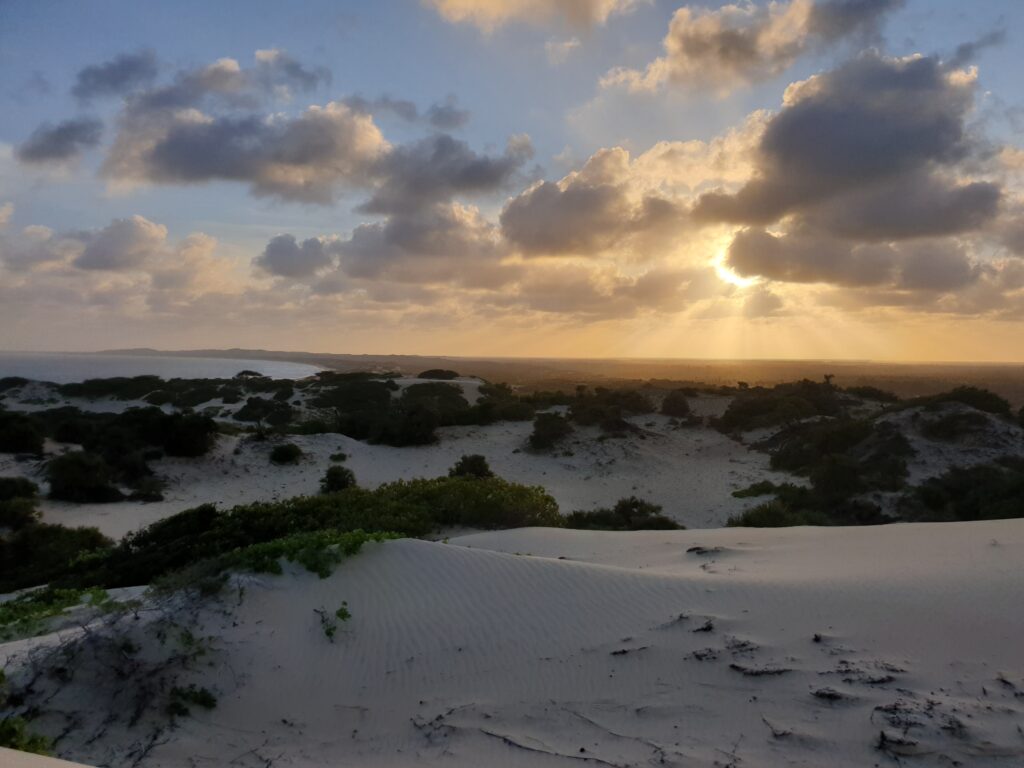
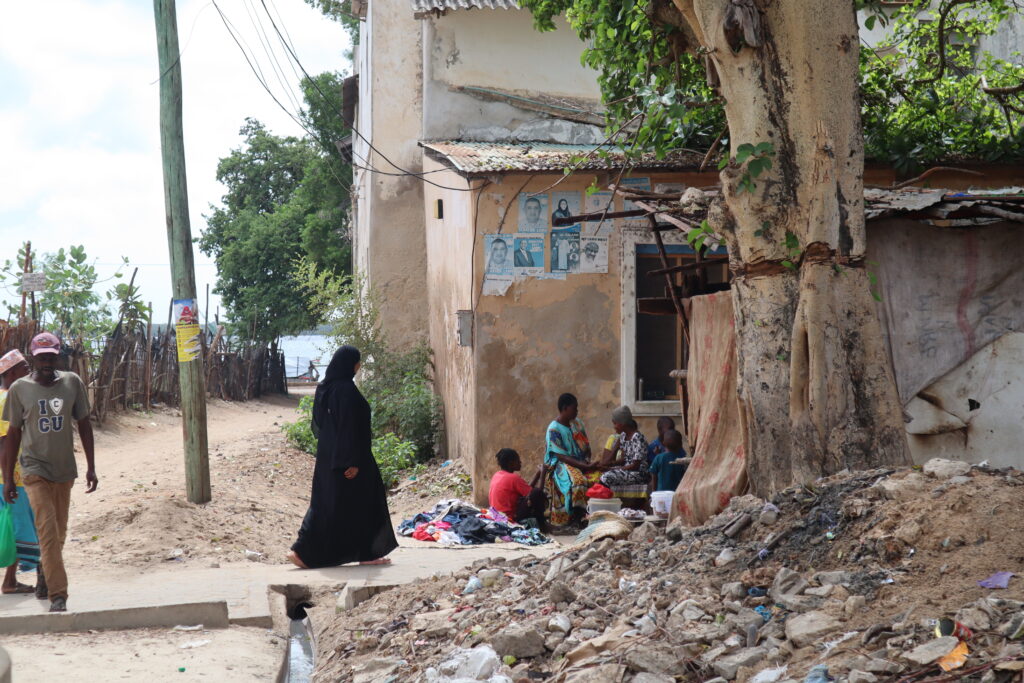
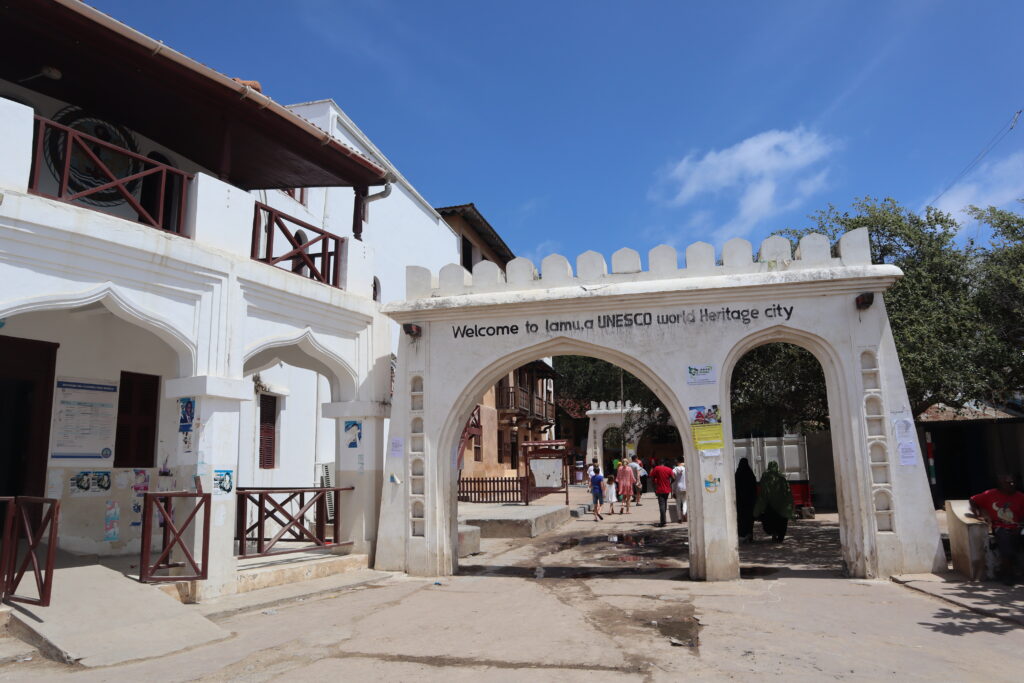
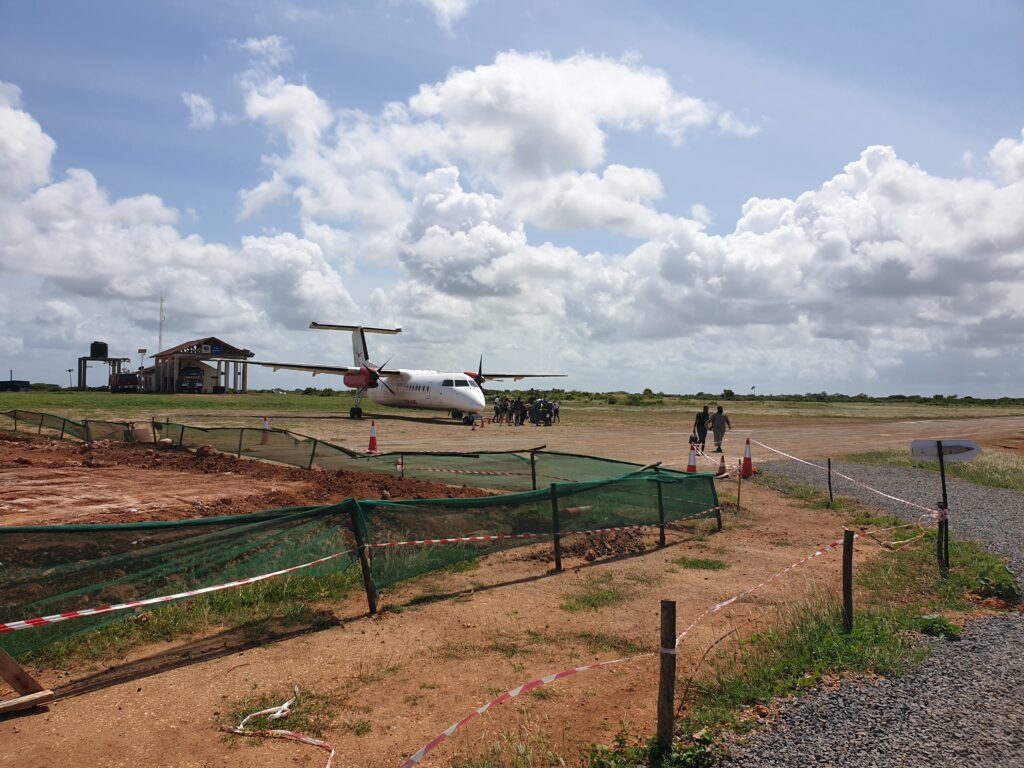

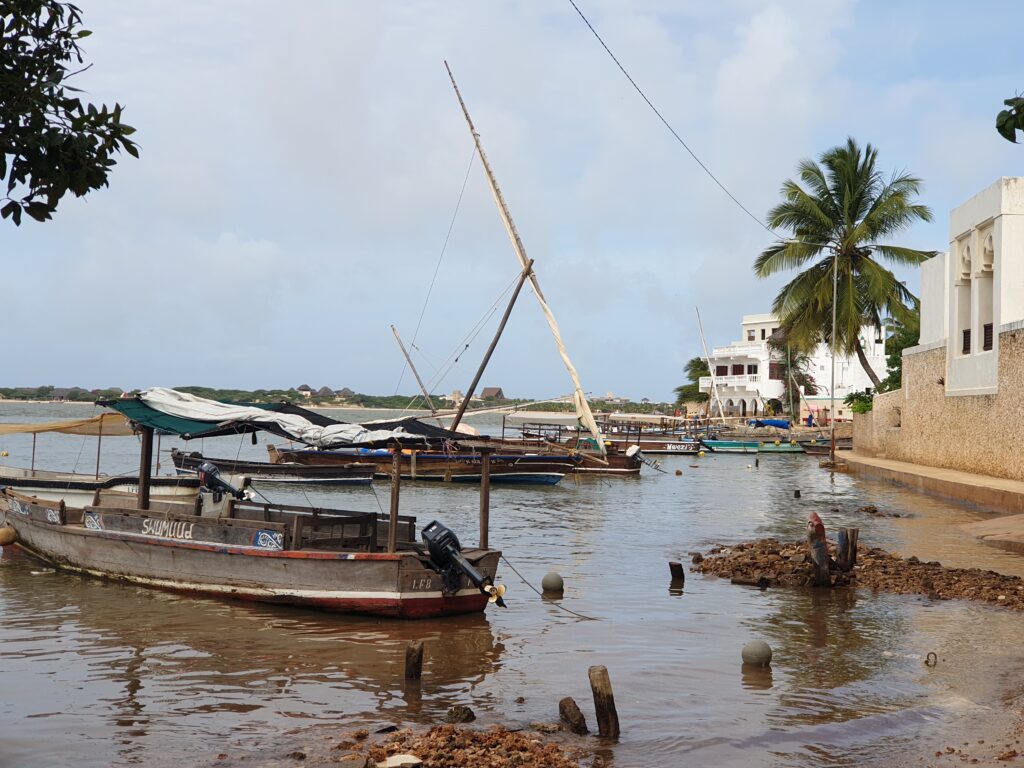
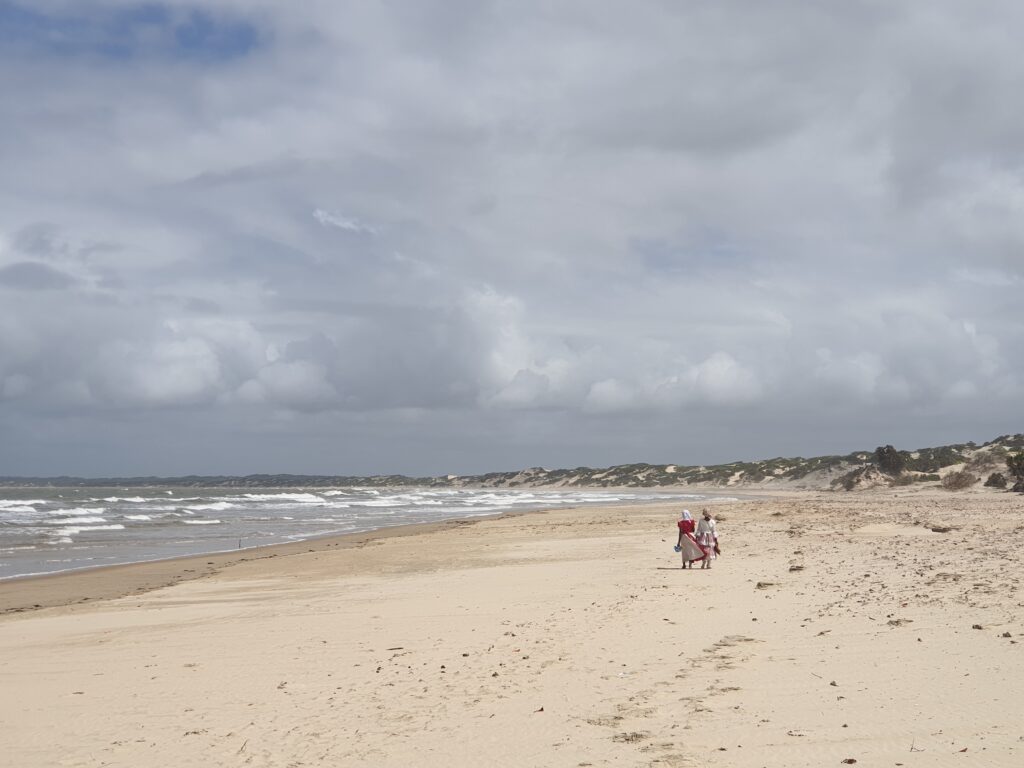
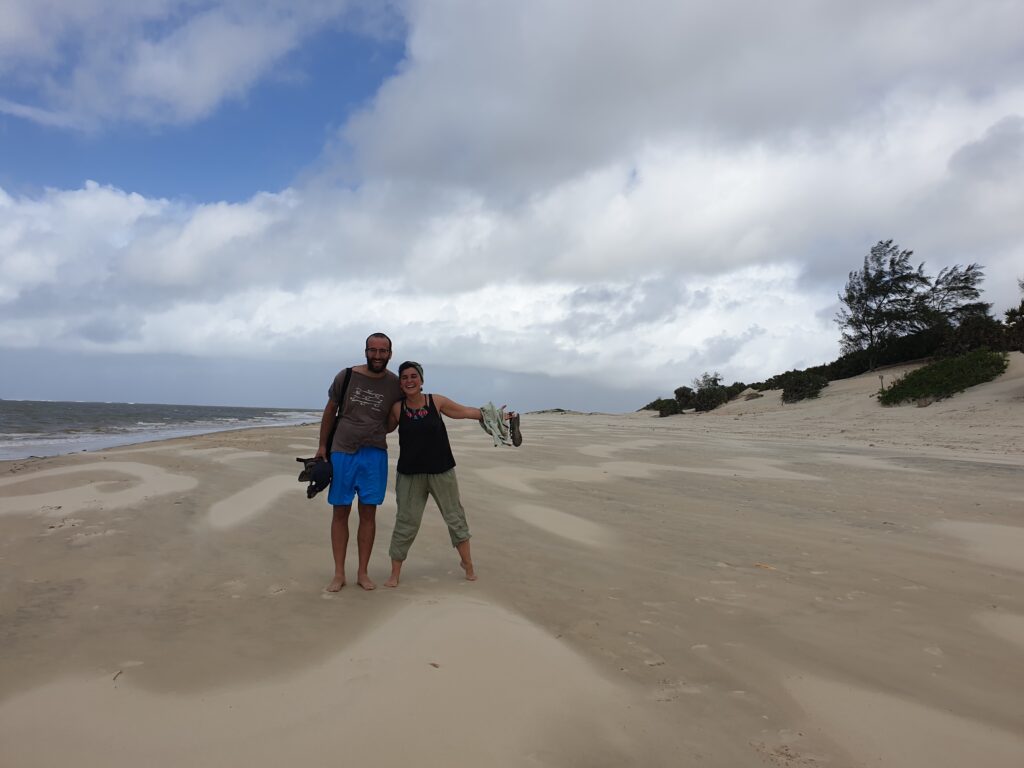

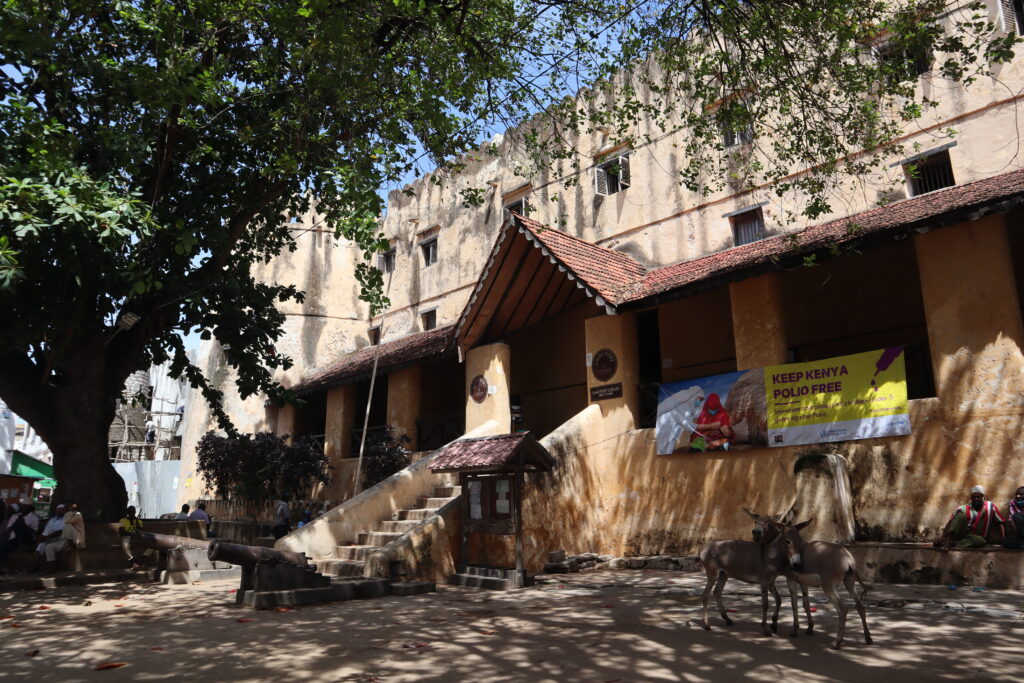

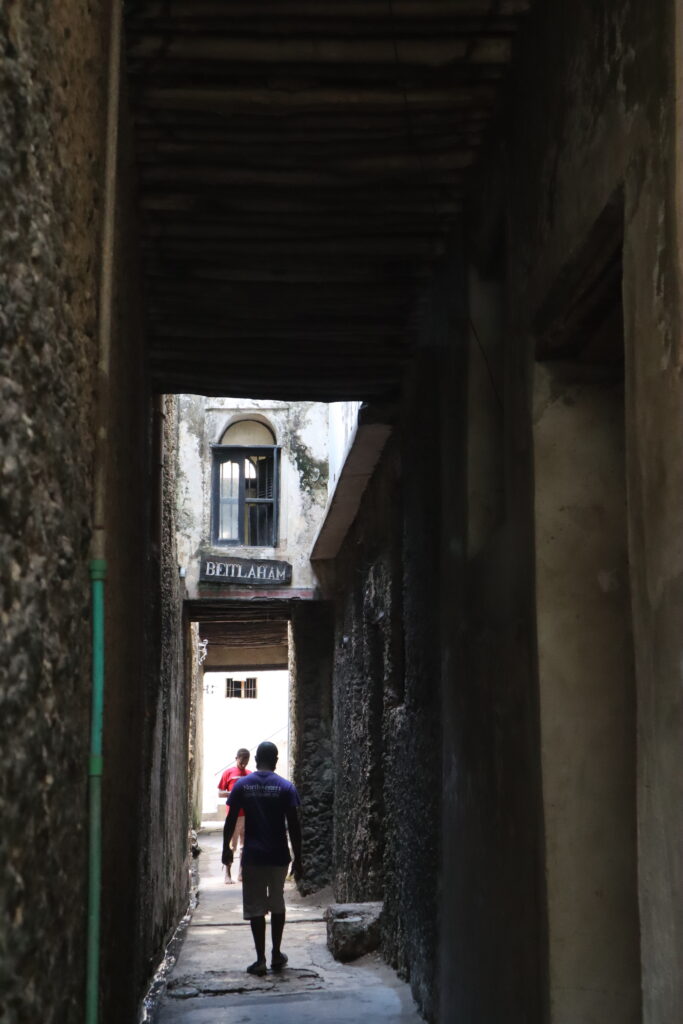

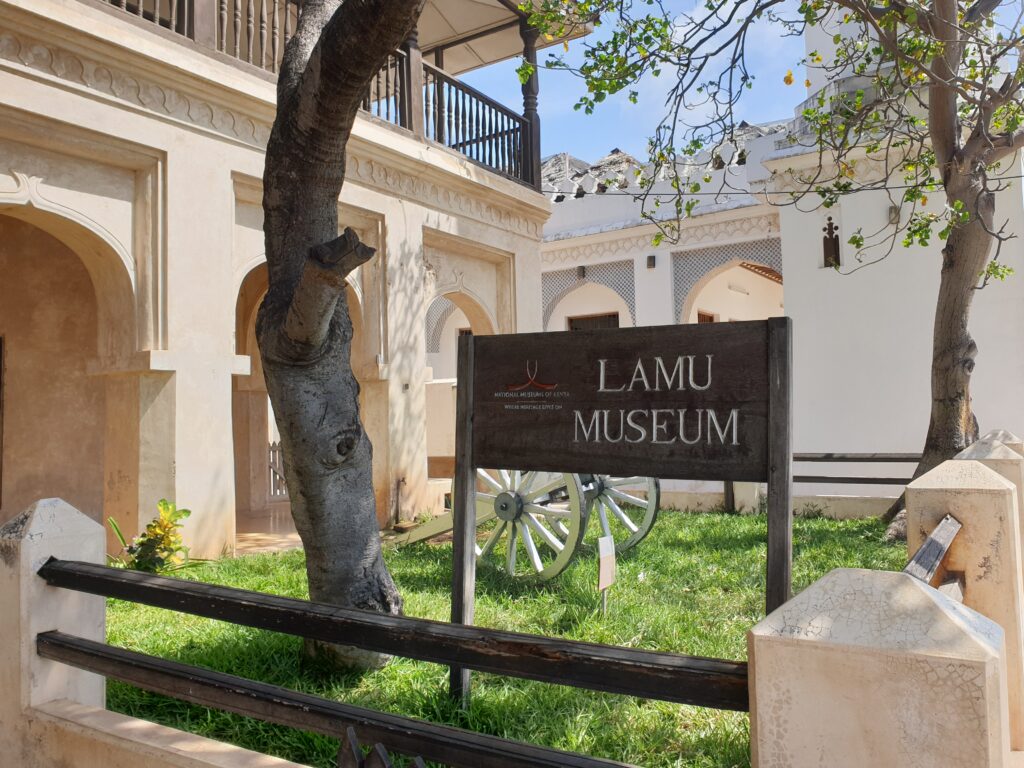
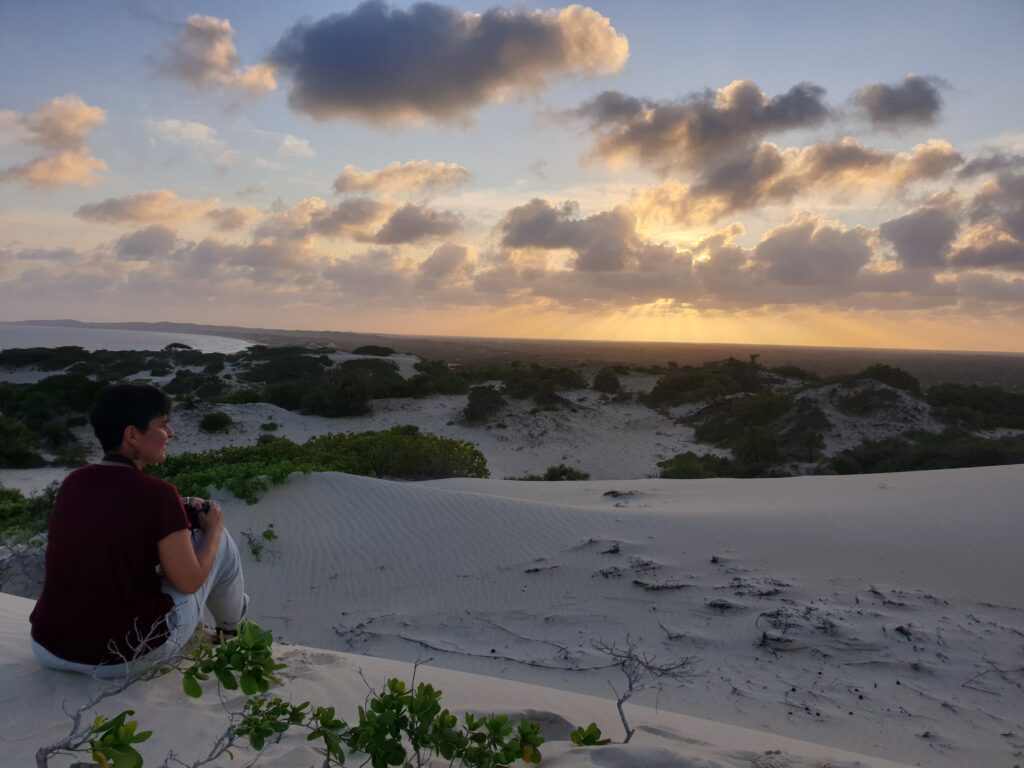

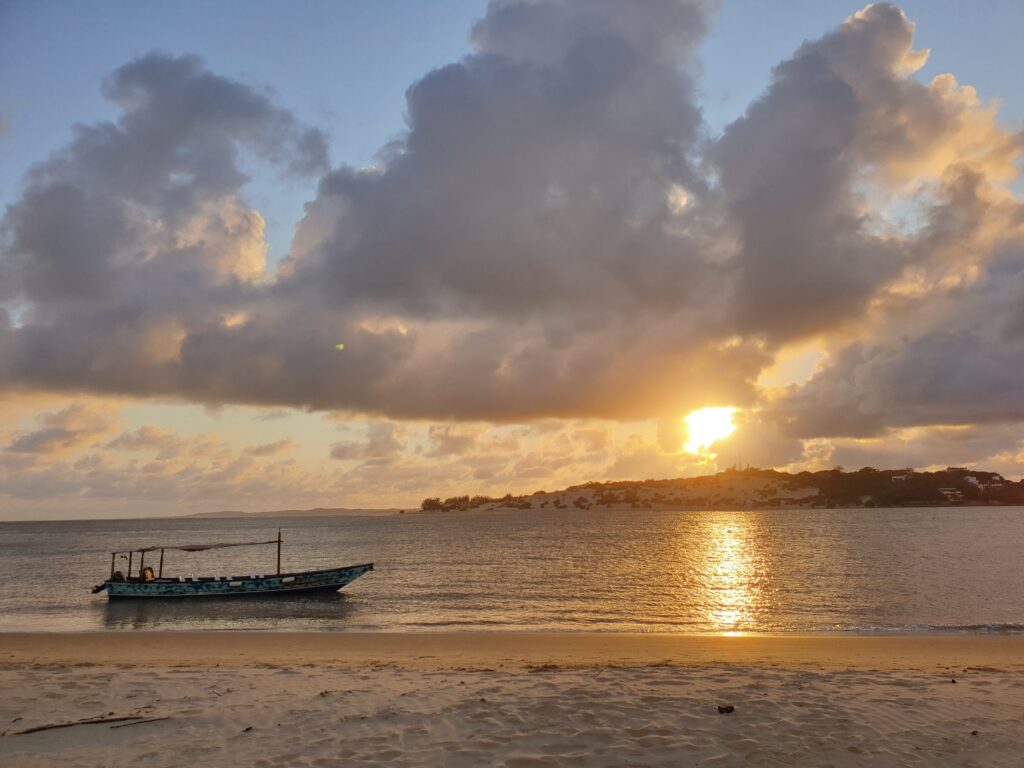
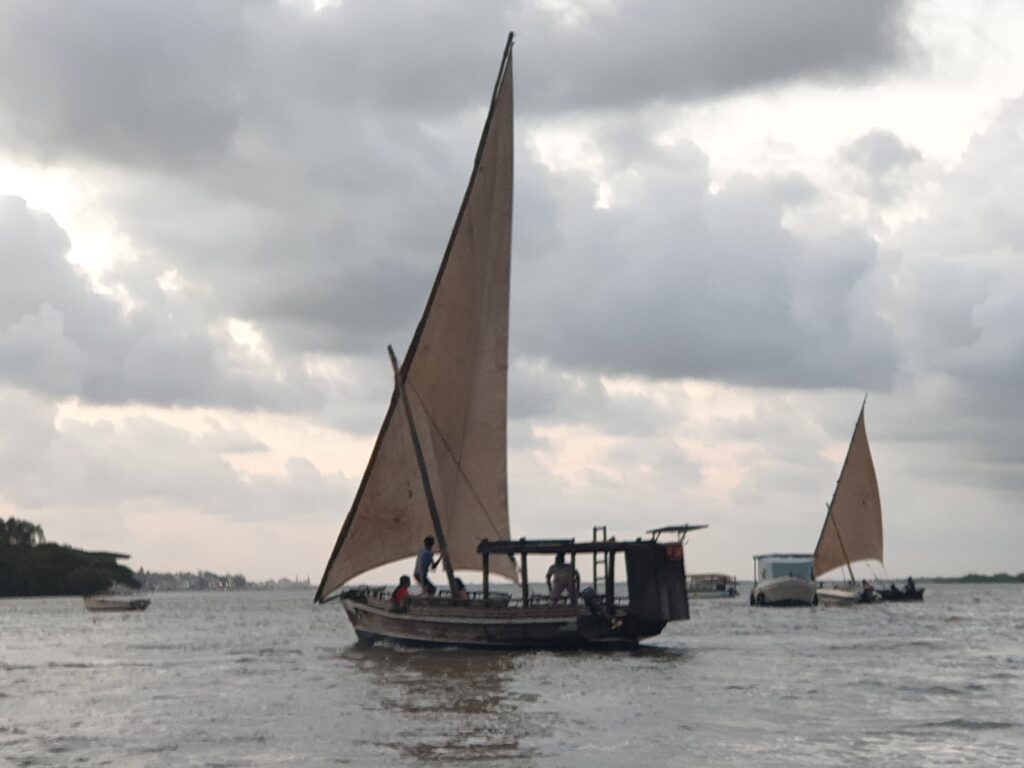
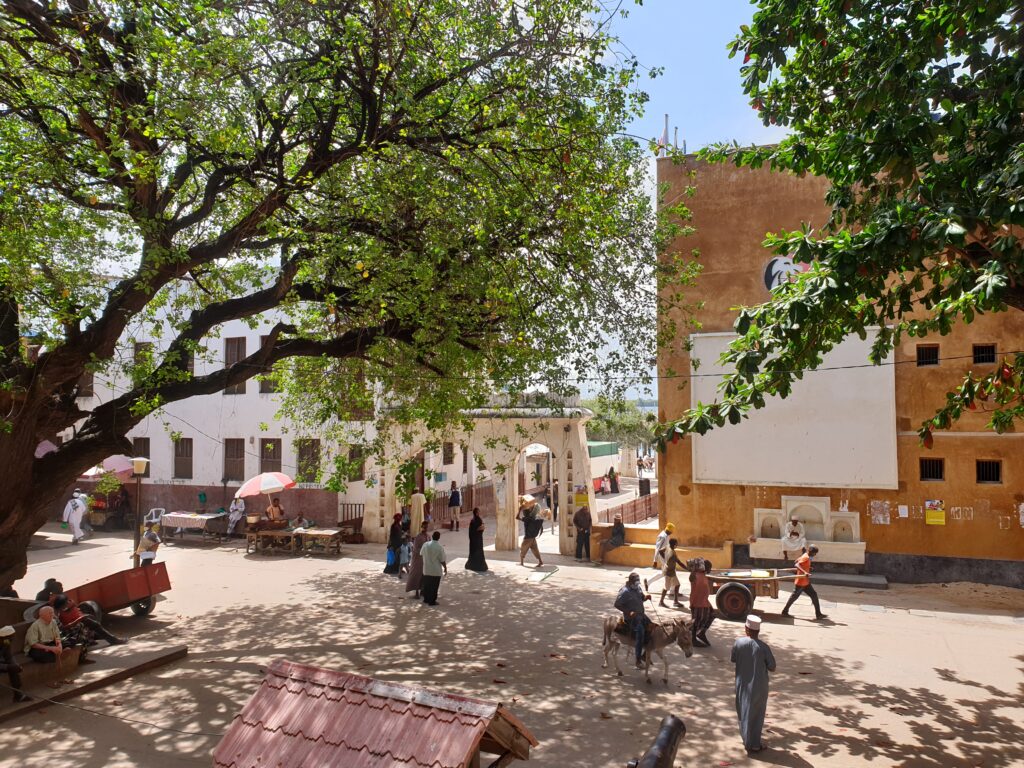


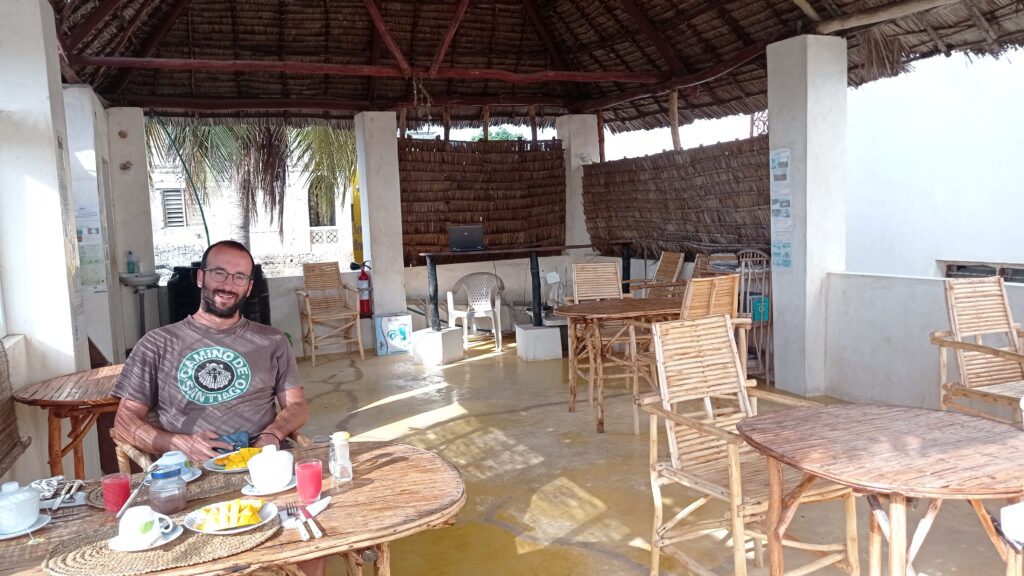
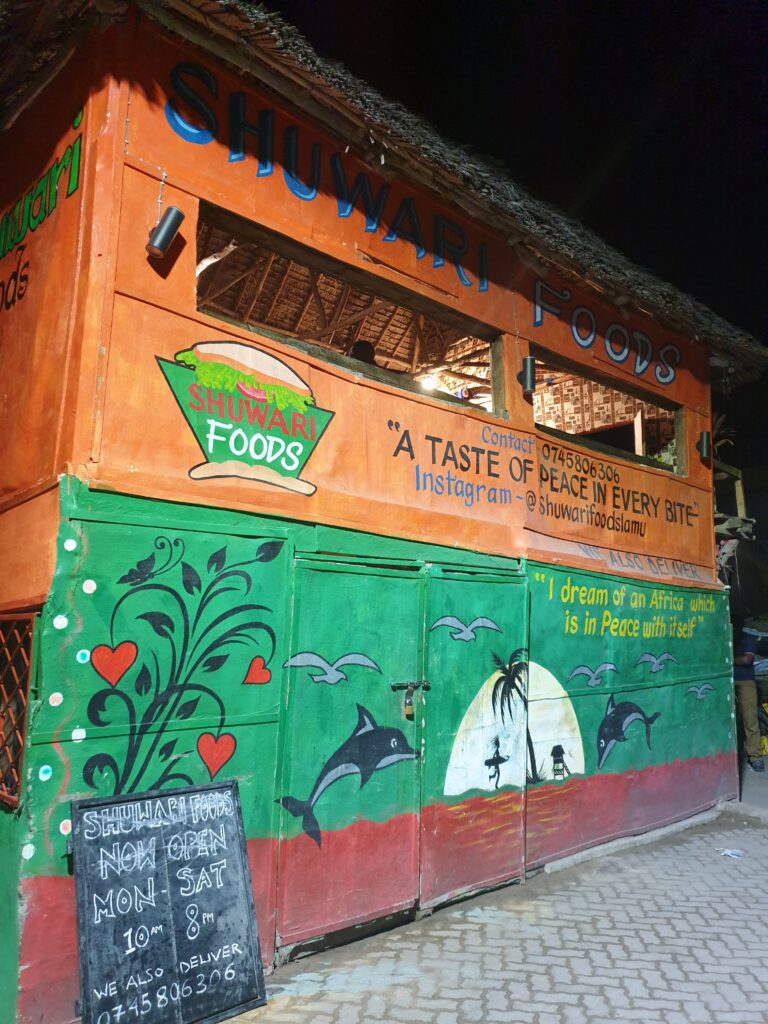
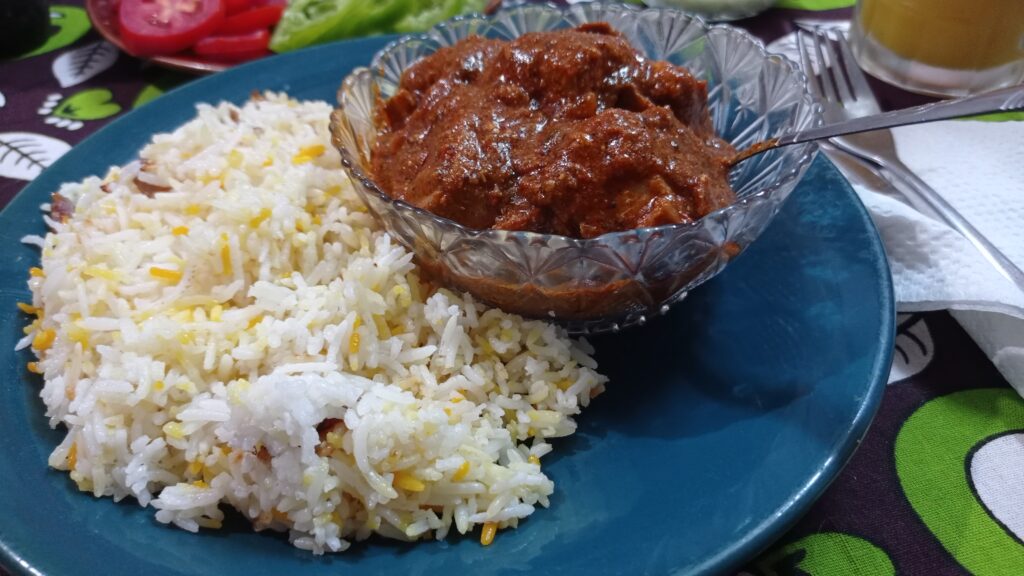
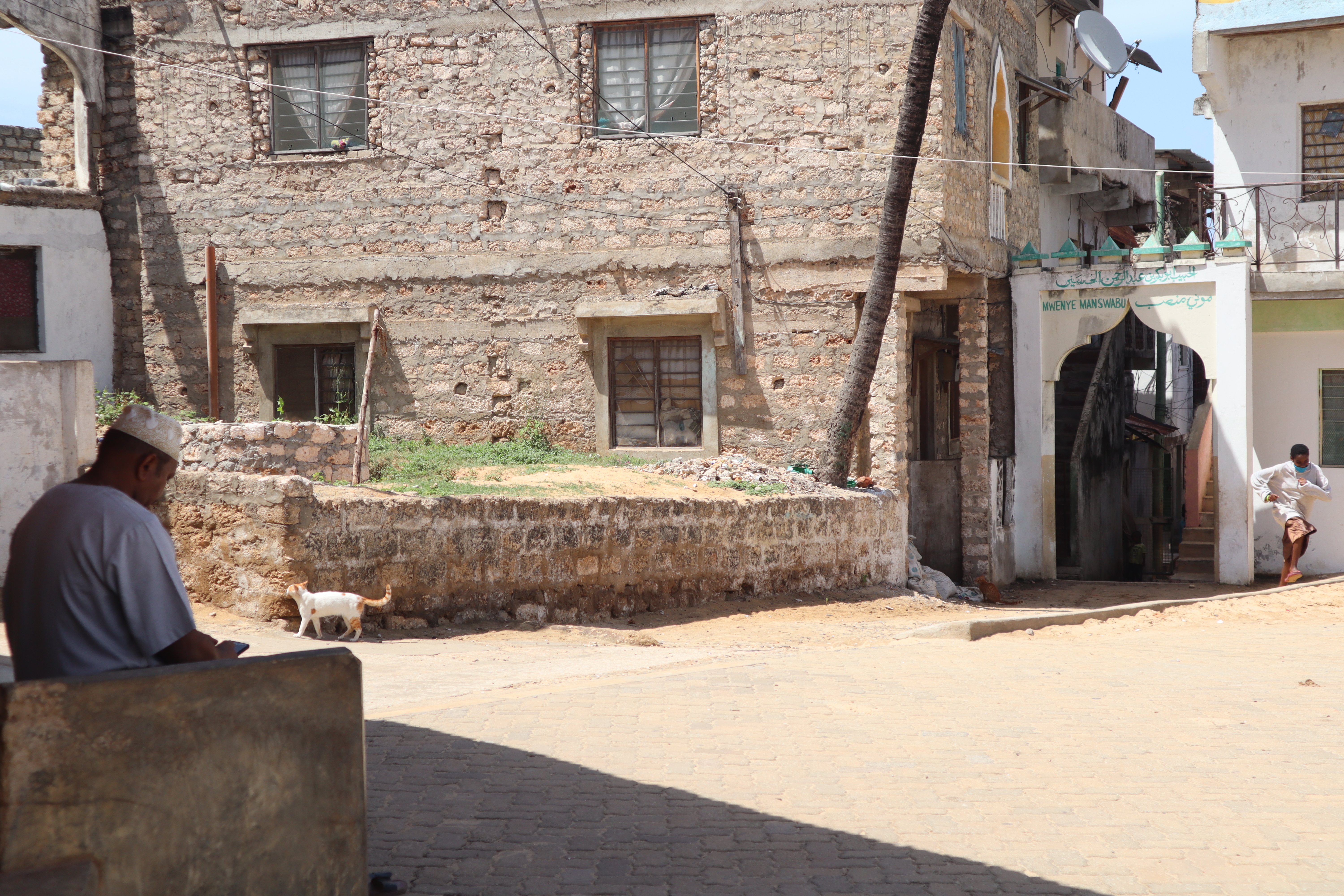
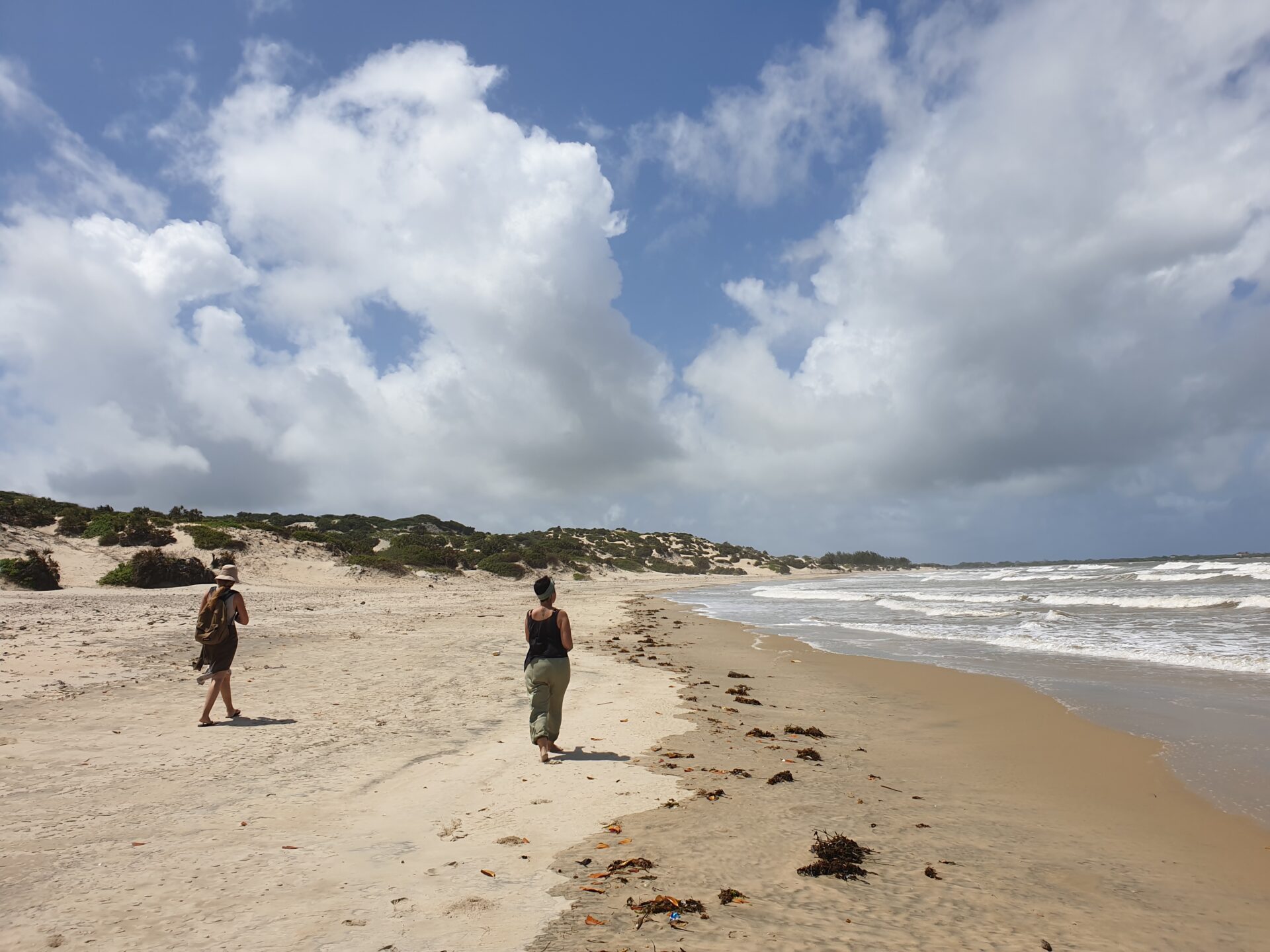
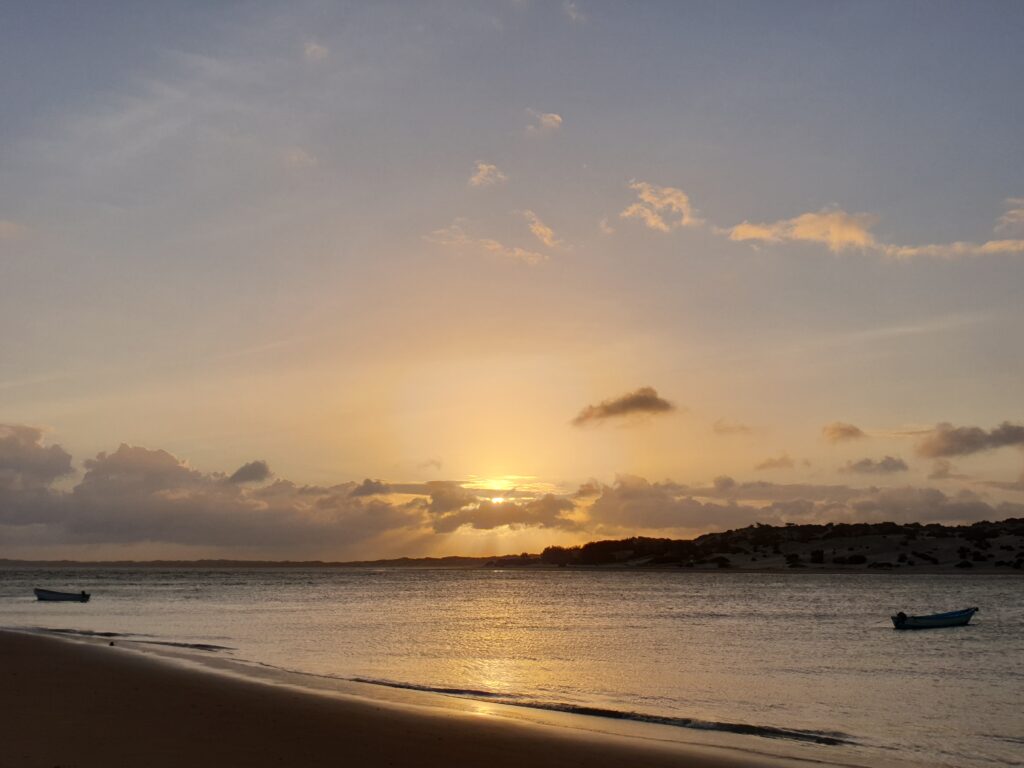
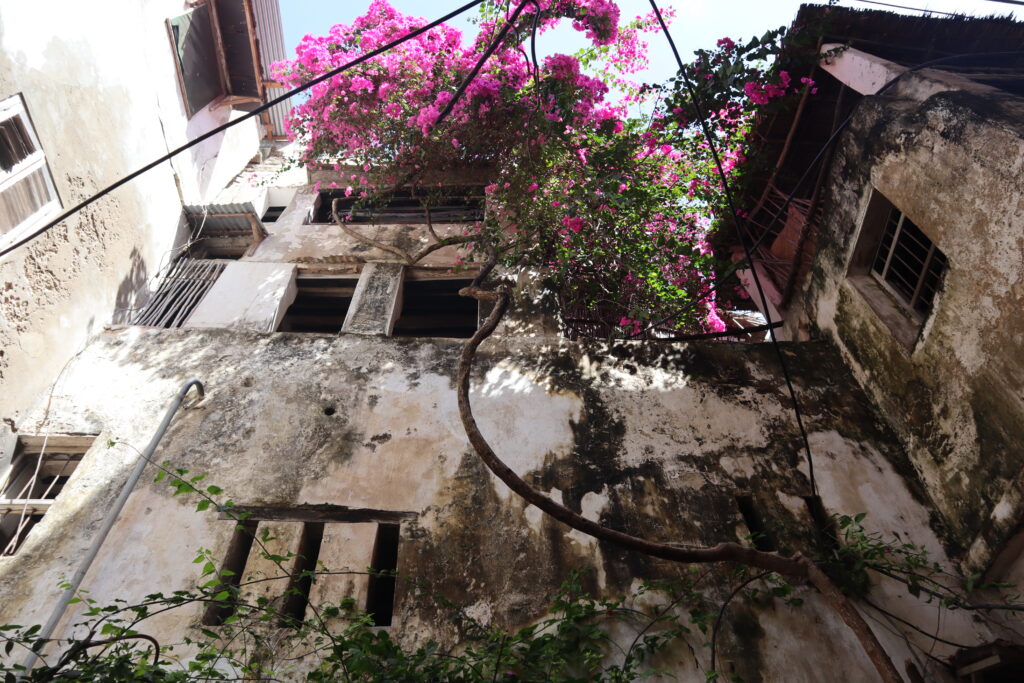
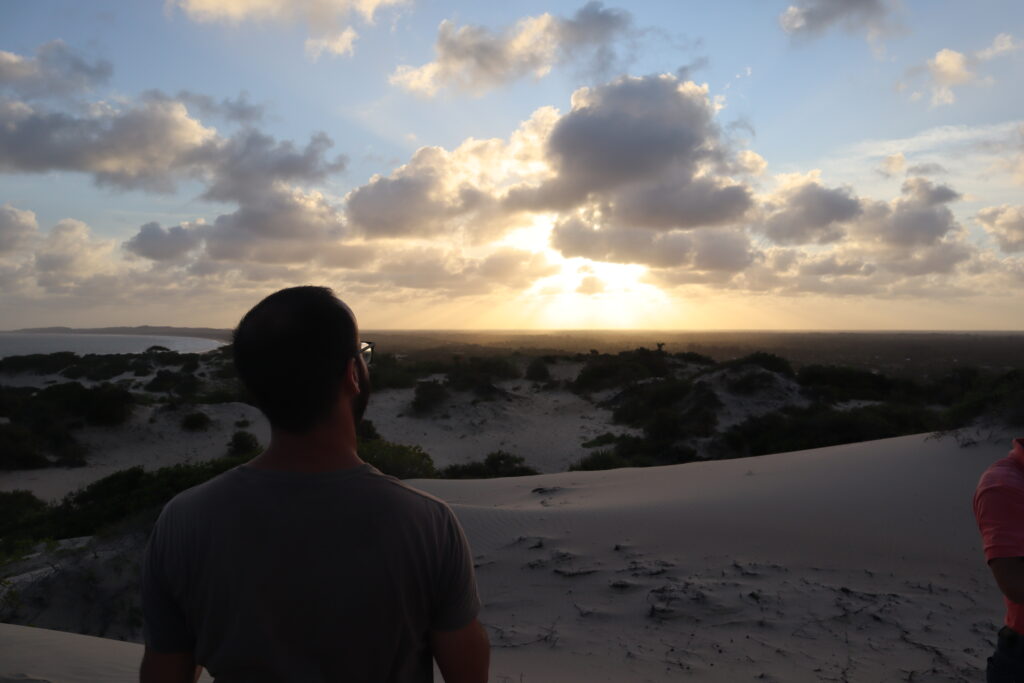
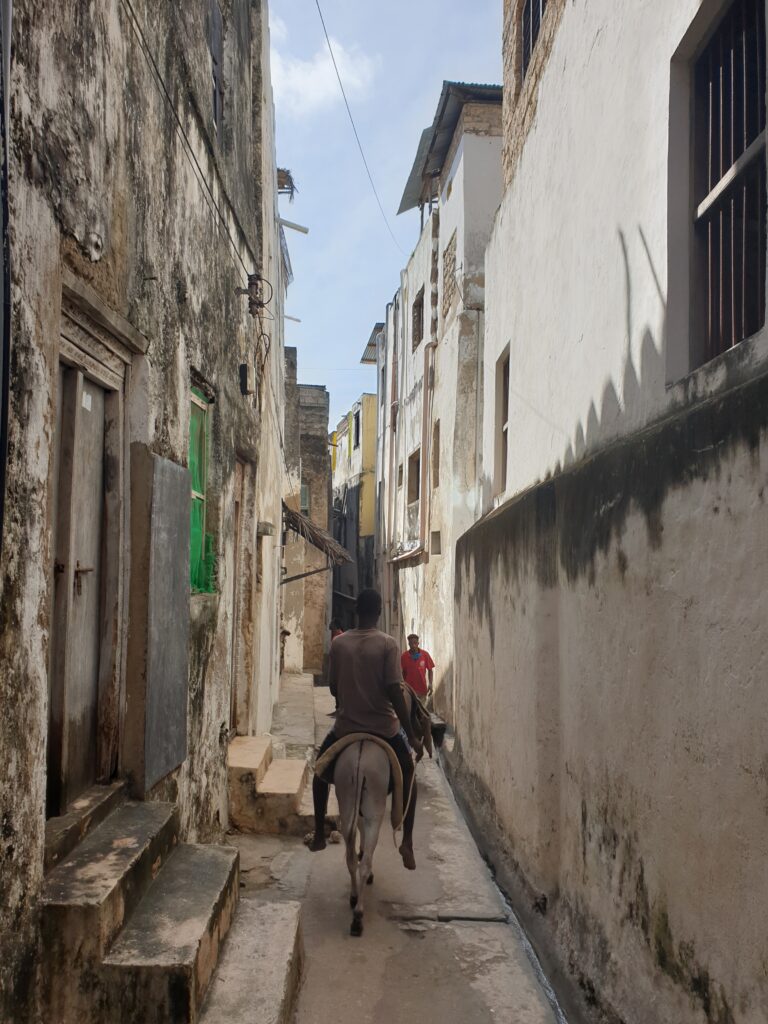
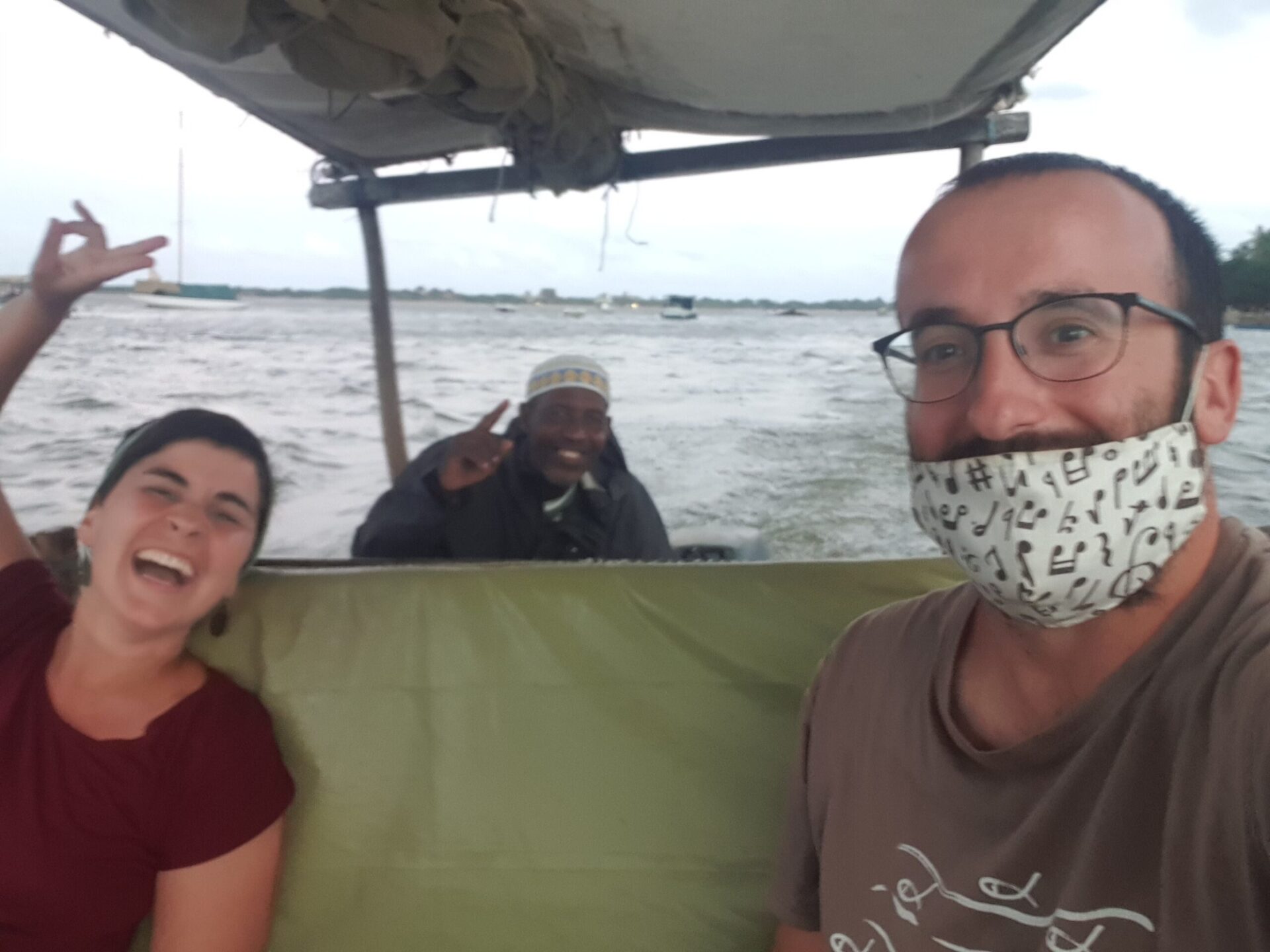


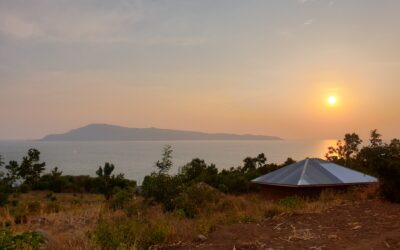


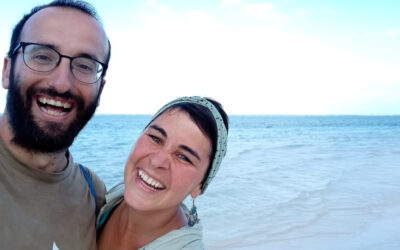
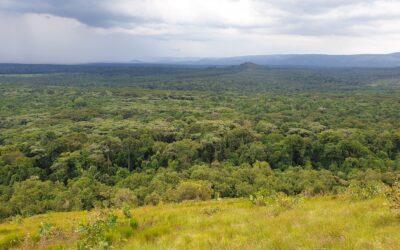
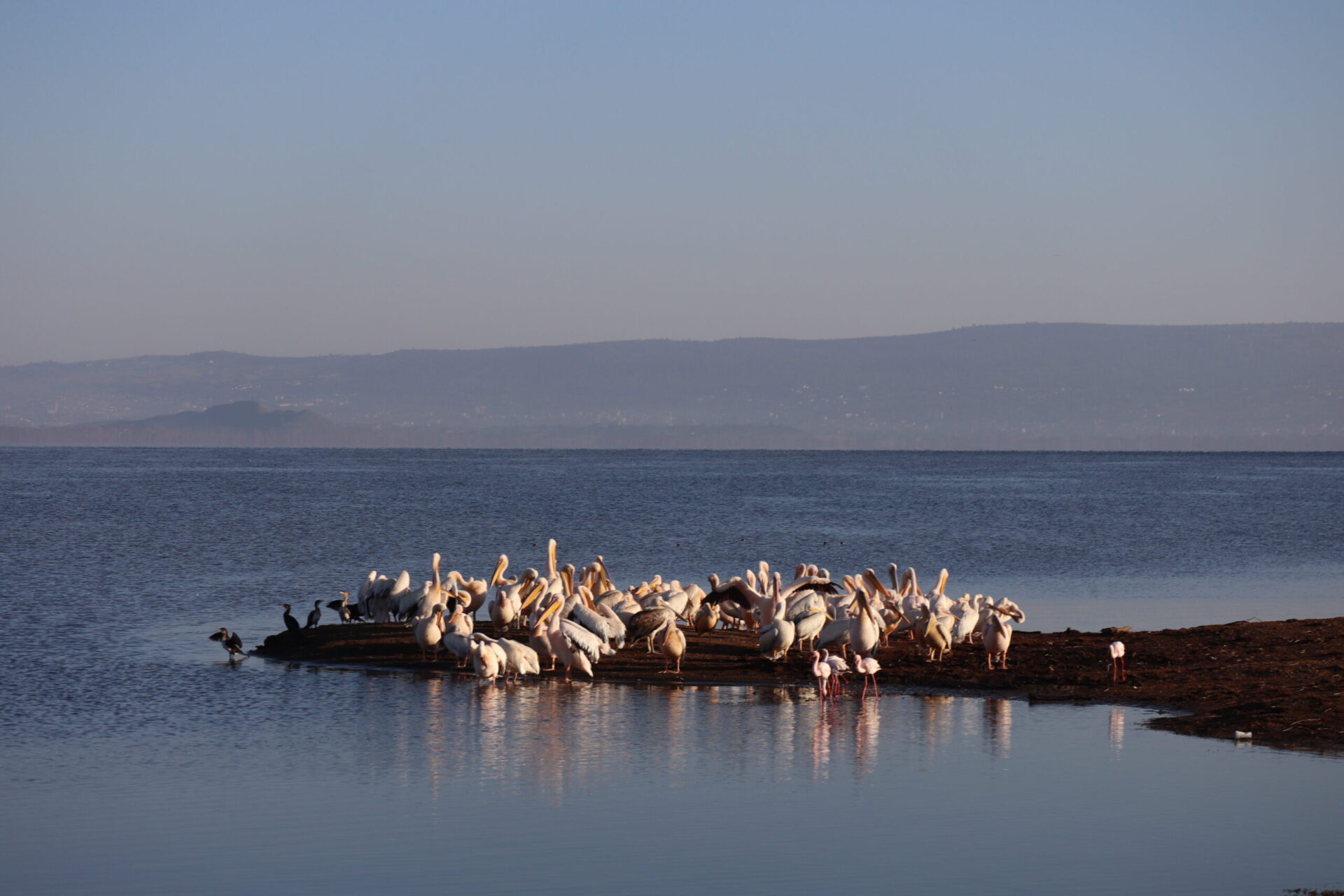

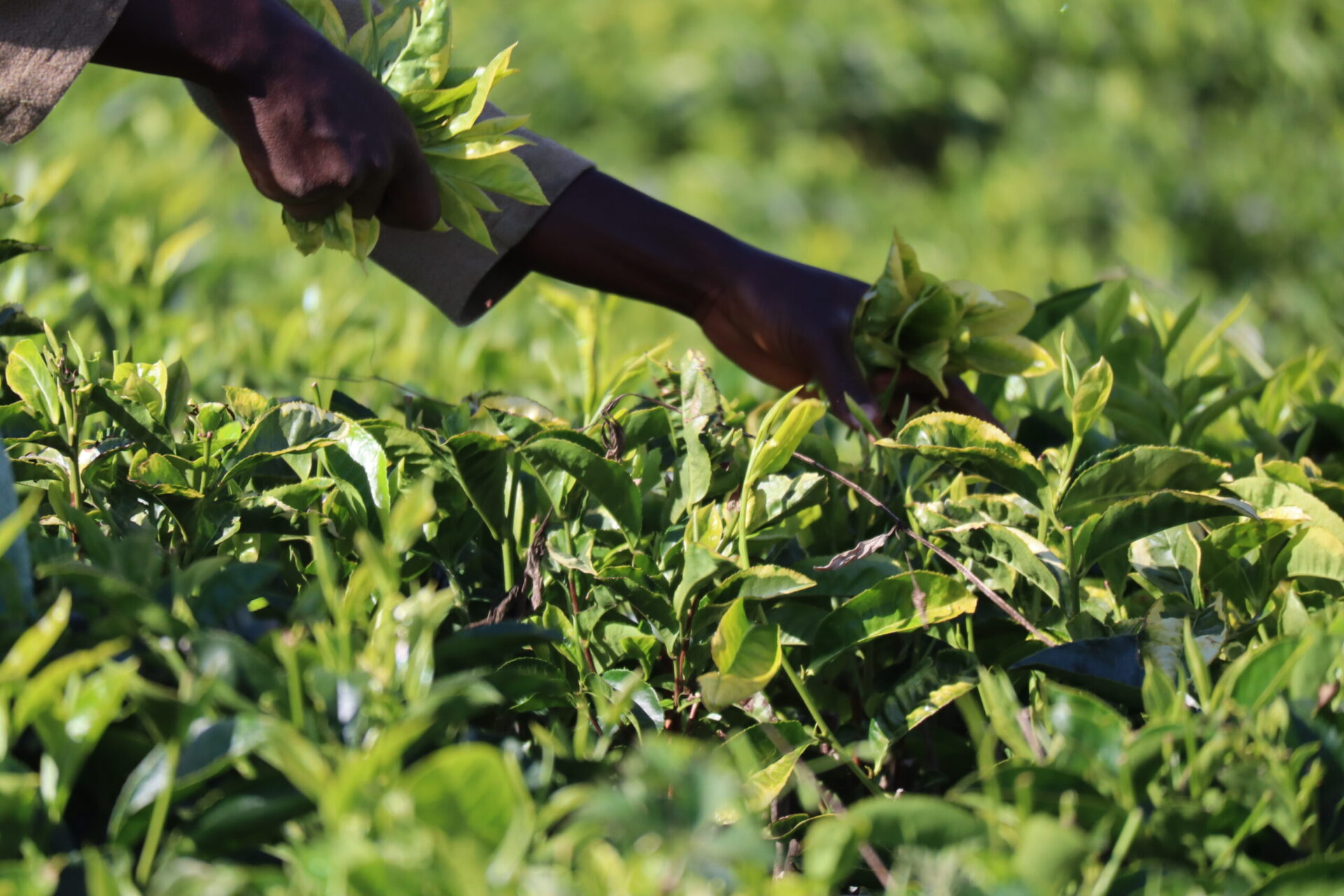
0 Comments